
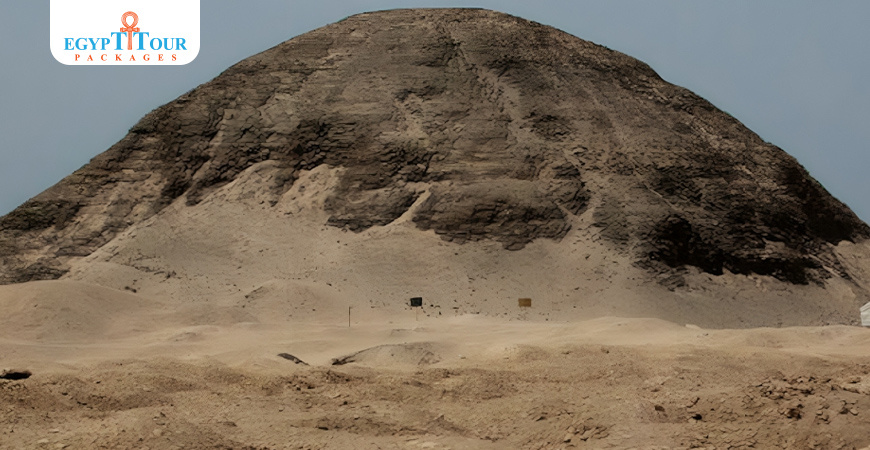
Pyramid of Amenemhat III at Hawara
The Pyramid of Hawara was constructed for Amenemhet III during the 12th Dynasty in ancient Egypt. It can be found 9 kilometers to the east of Al Faiyoum .
What is inside of the Hawara Pyramid?
During Dynasty XII, the oasis of el-Faiyum grew in importance. Many religious monuments were constructed there, and the next pharaoh to build his pyramid in the area was Amenemhet III. Initially, Amenemhet had chosen Dahshur as the burial site and built a pyramid there during the early years of his reign. However, due to structural issues, he decided to start a second pyramid at Hawara, near his grandfather's monument at el-Lahun. This pyramid complex at Hawara would be the final significant one in Egypt.
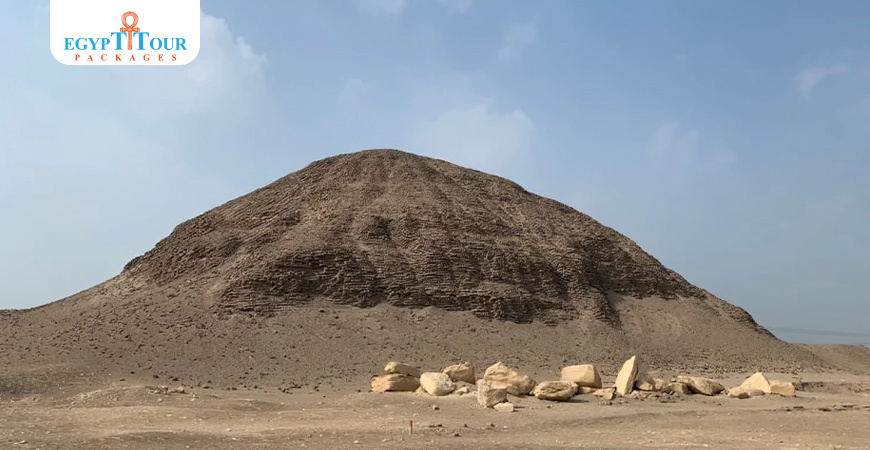
What is Amenemhat III known for?
The second pyramid of the King was made of mudbricks at its core and had a white limestone covering. However, the limestone covering was taken off during Roman times. The entrance to the pyramid was on the south side, where there was a staircase and a corridor leading down to the lower structure. Unfortunately, the lower structure is now flooded with groundwater. Inside the pyramid, there were a series of corridors and blind passages that twisted around. Eventually, they led to the burial chamber, which was located at a higher level to the west of the pyramid's center. To access the burial chamber, there was a hidden entrance in the ceiling of one of the passages, which was blocked by a large quartzite slab. The architects of Amenemhet, having learned from their experience with the Dahshur pyramid, took extra precautions to reinforce and protect the burial chamber. They constructed triangular lintels to support a high gabled roof made of large limestone blocks, which was then covered by another vault made of mudbricks. The burial chamber itself was made from a single piece of quartzite, weighing over 100 tonnes. It had a trough carved into it to hold the sarcophagus and canopic chests. The chamber was sealed with a massive quartzite slab, which was cleverly lowered into place by slowly releasing the sand that had supported it into side galleries. The King's burial chamber was well-protected and able to withstand the weight of the brickwork and stone above it. However, despite the complicated measures taken to deter robbers, it seems that they were ultimately unsuccessful.
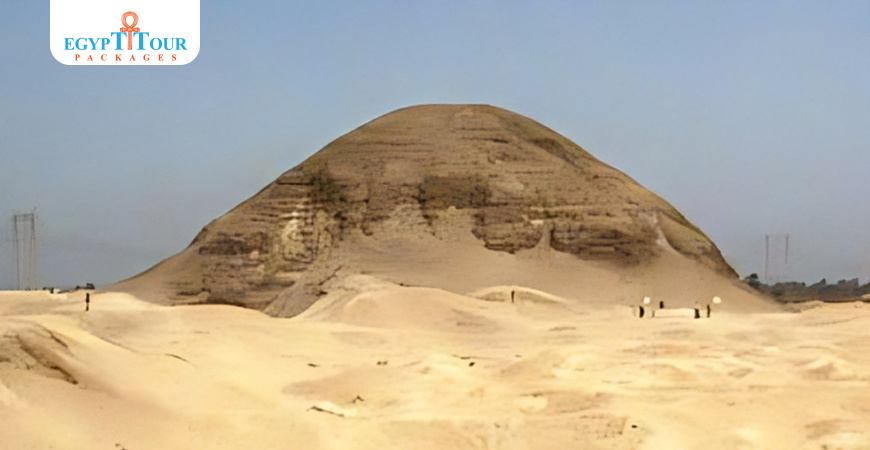
Who built the Hawara pyramid?
The King of the Twelfth Dynasty ruled for approximately 45 years. He is well-known for constructing the mortuary complex at Hawara, which is believed to be the impressive 'Labyrinth' mentioned by ancient Greek authors. Additionally, the king built various other structures in the Fayum region, such as a temple in Medinet Maadi and colossi in Biahmu, showcasing his interest in the area. Initially, the king's first pyramid was built in Dahshur, but due to ground issues, a different location (Hawara) was chosen for a second pyramid towards the end of his reign. During the Ptolemaic and Roman Periods, the king was revered as a deity in the Fayum. The sculptures of the king are notable for their unique statue types.
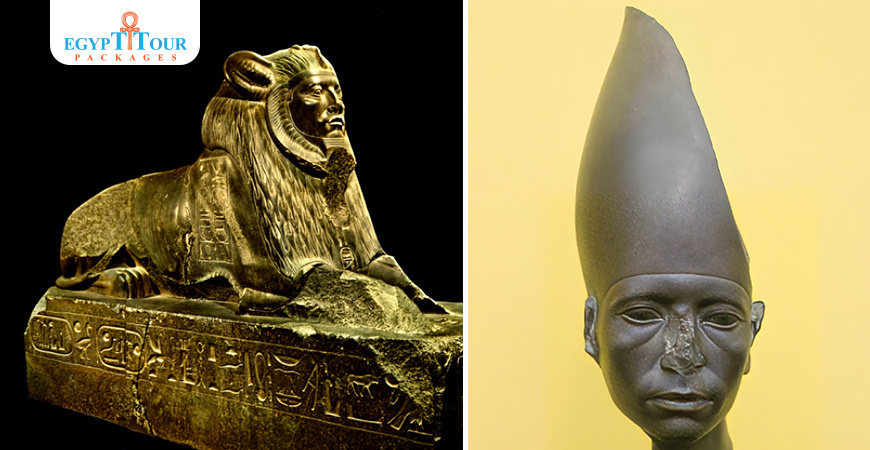
Pyramid of Amenemhat III at Hawara
When Petrie examined the sarcophagus in Amenemhet's burial chamber, he discovered the remains of a burned inner coffin. It is believed that the coffin was damaged by ancient grave-robbers. In an antechamber, a second wooden coffin was found, along with a carved alabaster offering-table that had the names of Princess Neferu-ptah. It was initially assumed that the princess had been buried with her father, the King. However, in 1956, the remains of a nearly destroyed small pyramid, located 2km southeast of the King's pyramid, were investigated. It was there that the tomb of Neferu-ptah was discovered. Inside the burial chamber, her red granite sarcophagus and other objects inscribed with her name were found. However, archaeologists are still unsure about the exact location of Neferu-ptah's burial.
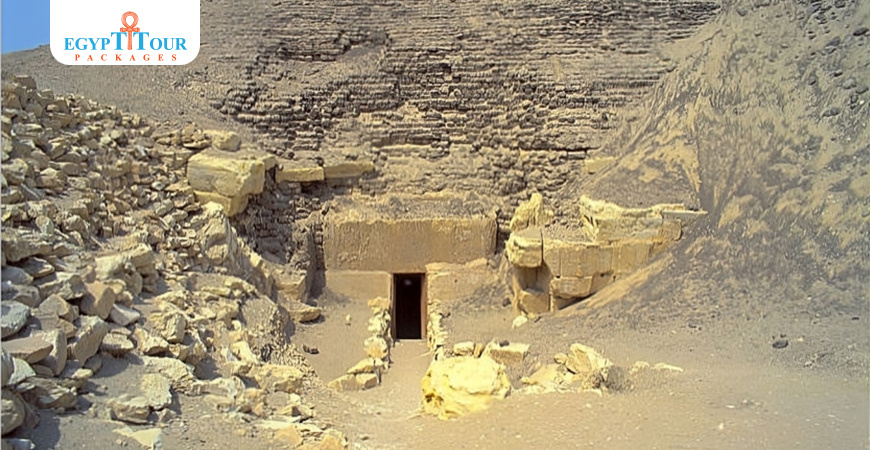
Hawara Labyrinth
Petrie excavated the mortuary temple of King Amenemhet, located just south of his pyramid. This temple was a complex and extensive structure, but it is now in ruins, making it difficult to reconstruct its original layout. It is believed that this temple is the same one referred to as 'the Labyrinth' by classical authors, which greatly impressed early travelers. According to Herodotus, the Labyrinth was a unique building made from a single rock, covering an area of 2.8 hectares. It was said to have three thousand rooms connected by winding passages and courts. However, there were differing opinions among other writers regarding the exact number of chambers and courts. Strabo described the complex as a palace made up of smaller palaces, numbering forty-two, representing the former nomes. During the excavation, Petrie discovered remains of statues of the gods Sobek and Hathor within the structure, as well as a statue of Amenemhet III near the irrigation canal. Unfortunately, the 'Labyrinth' is now mostly a pile of rubble, as its stones were quarried away since Roman times. It stretches across the modern canal to the south of the pyramid.
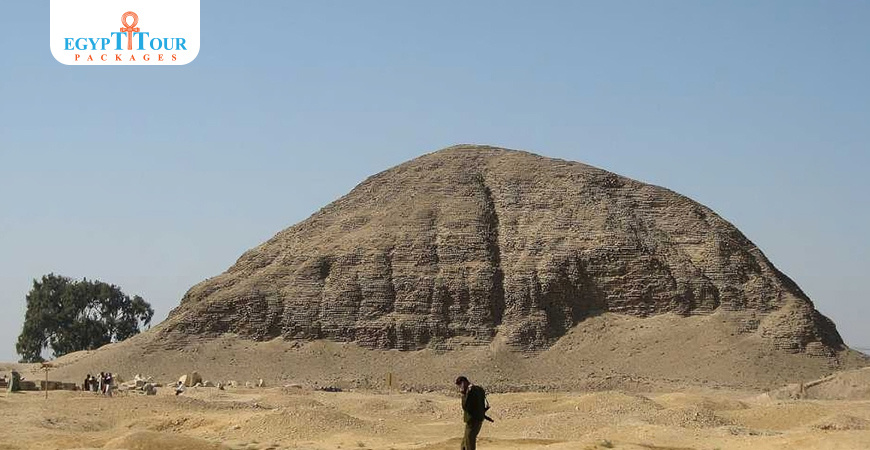
Post A Comment
Your Email Address Will Not Be Published.



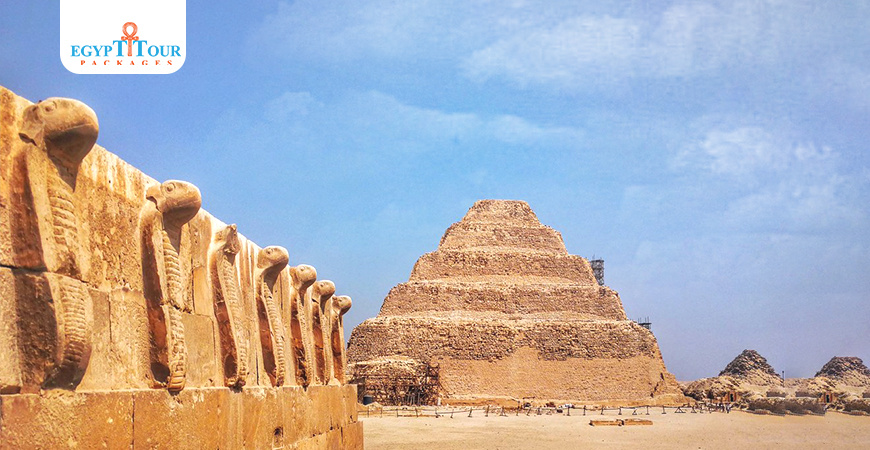







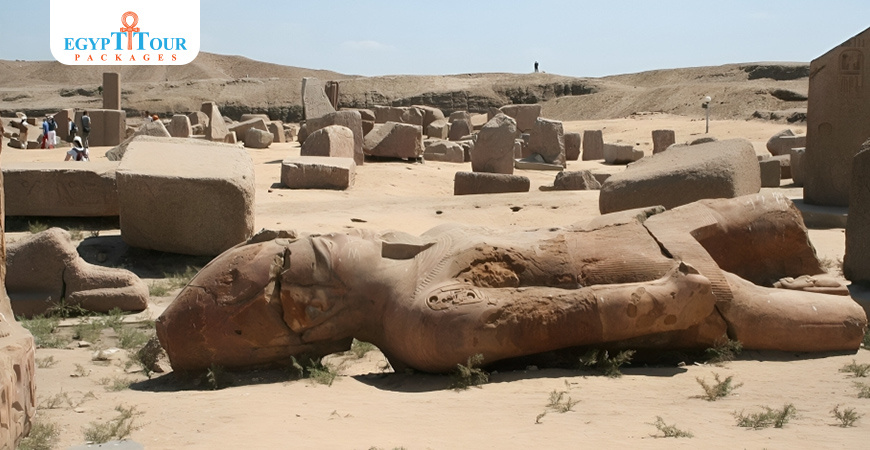


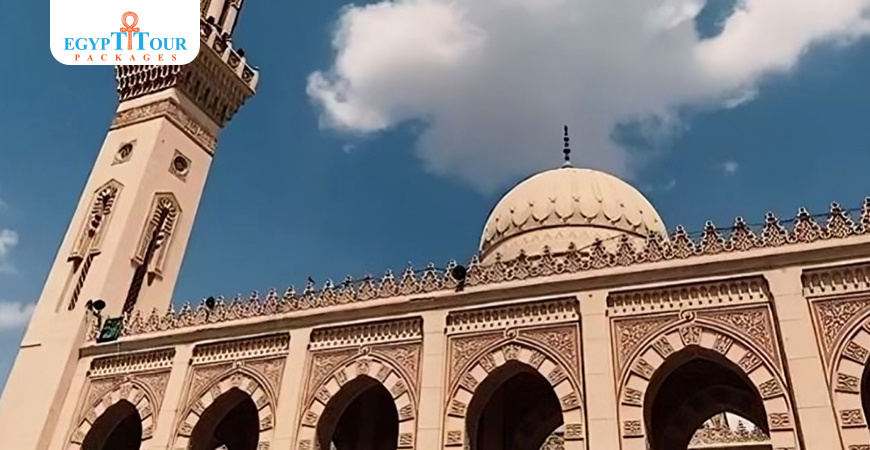


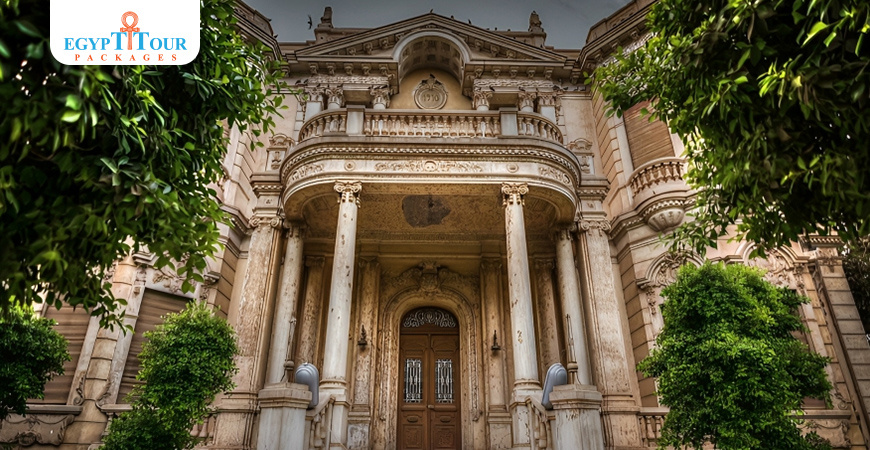
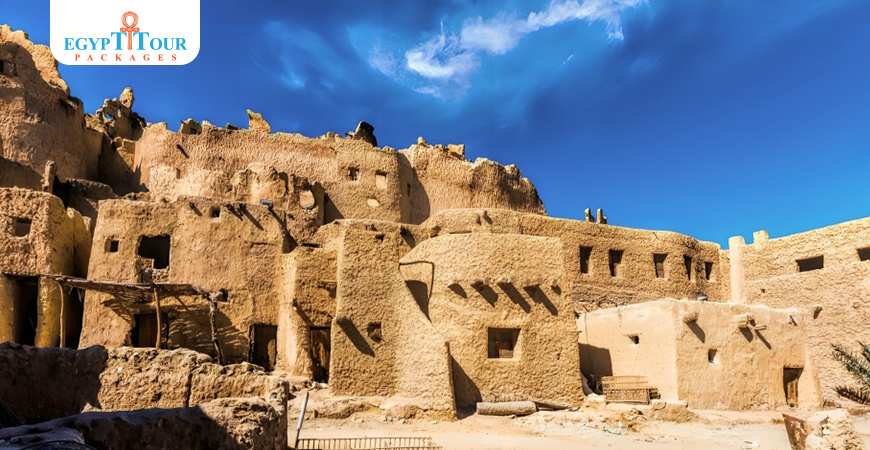
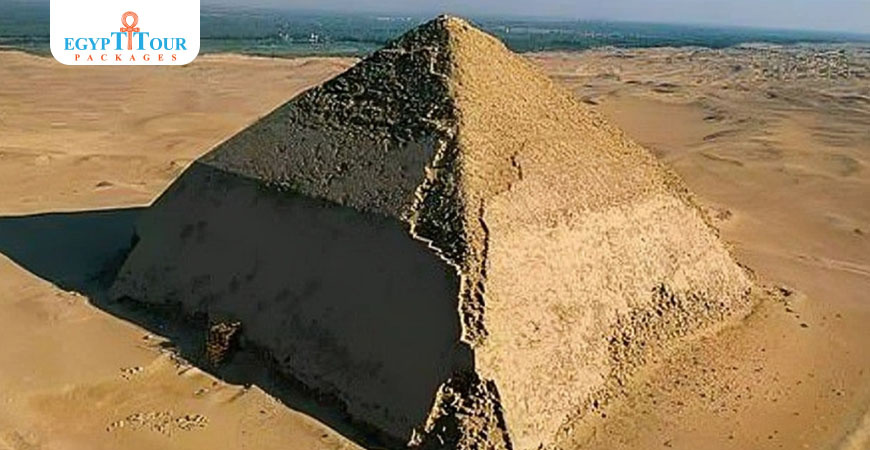
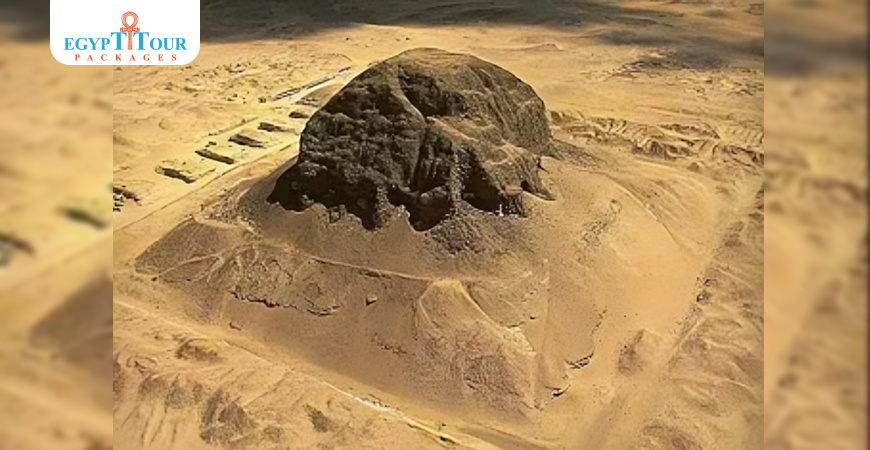
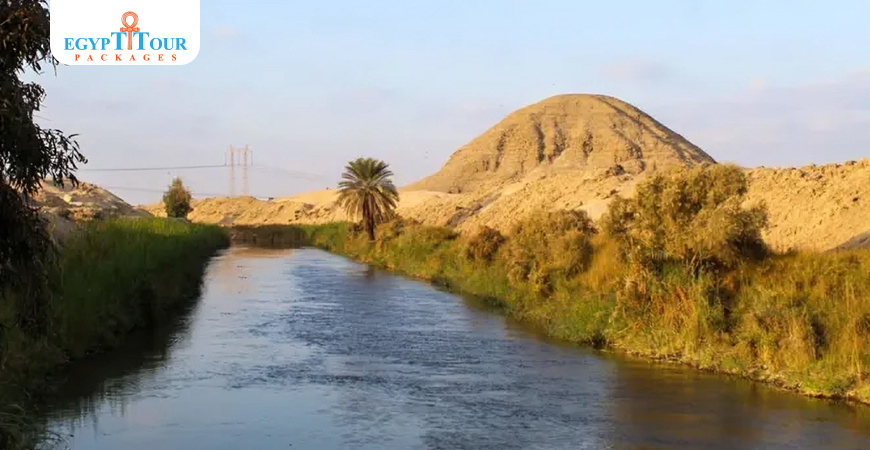
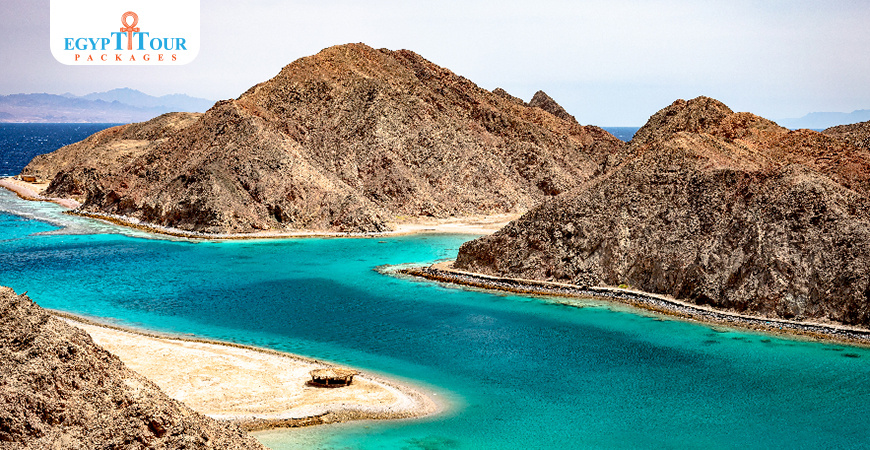

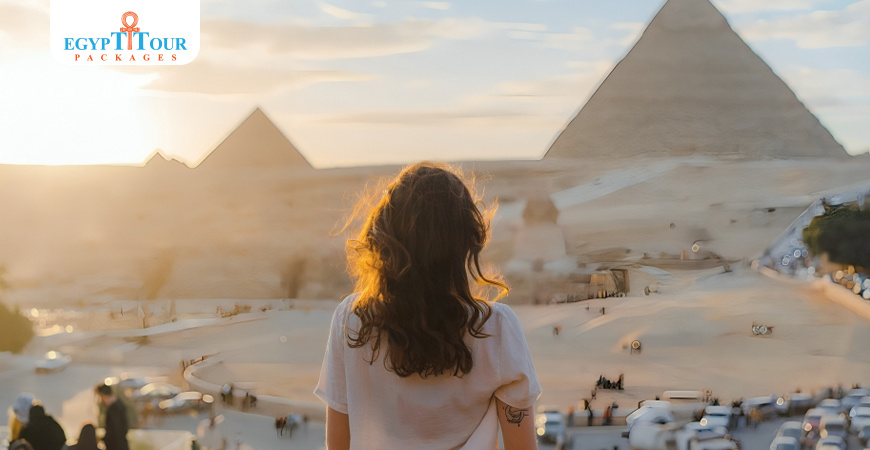
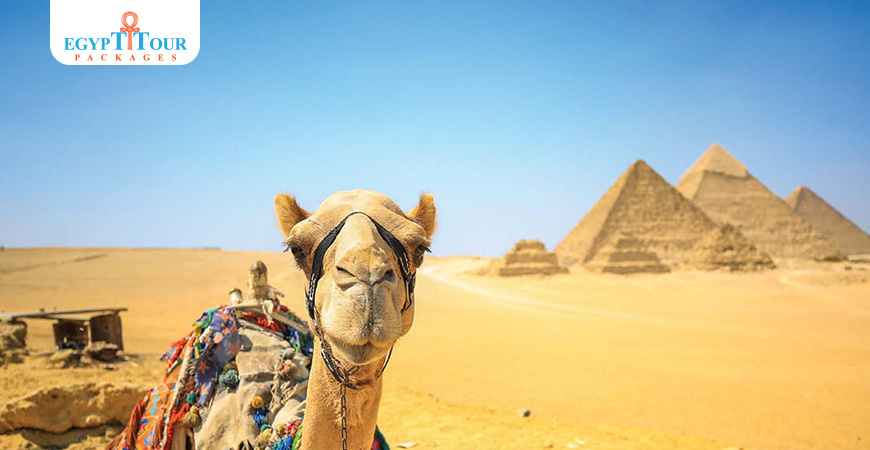











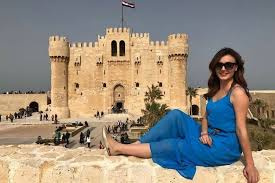

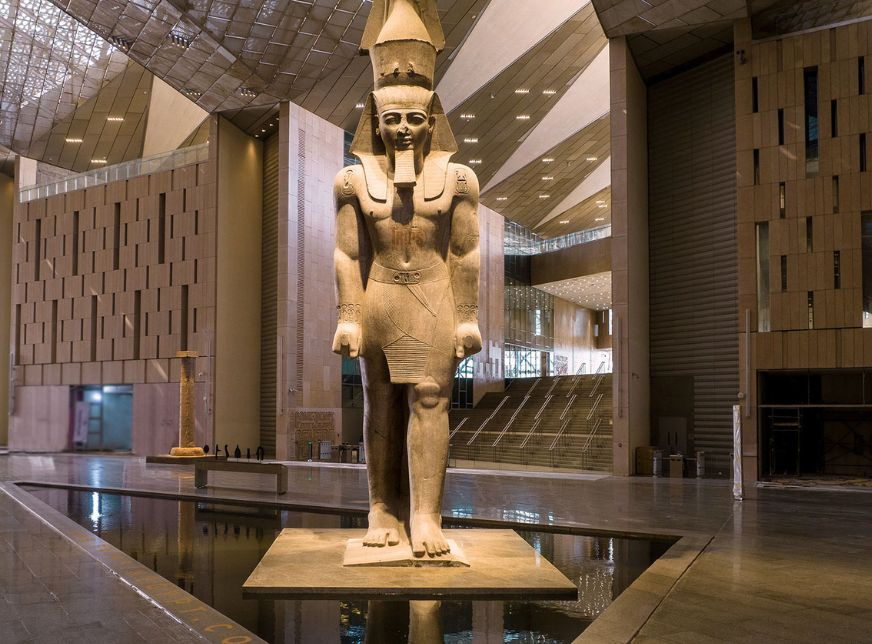



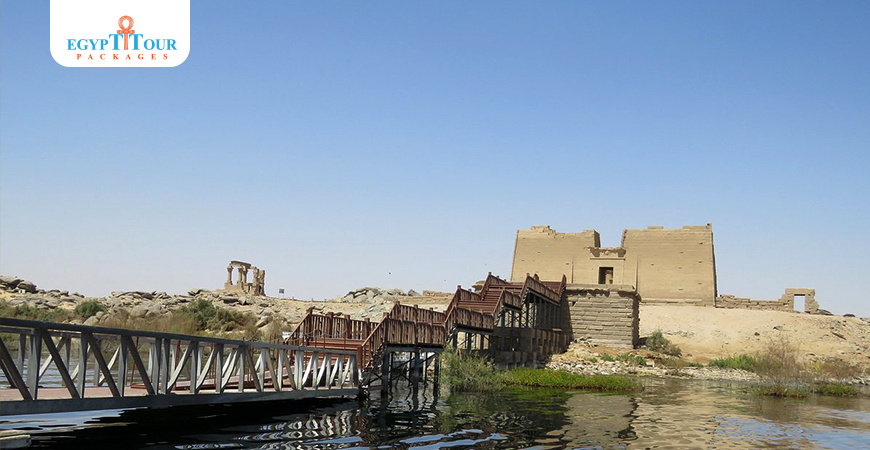
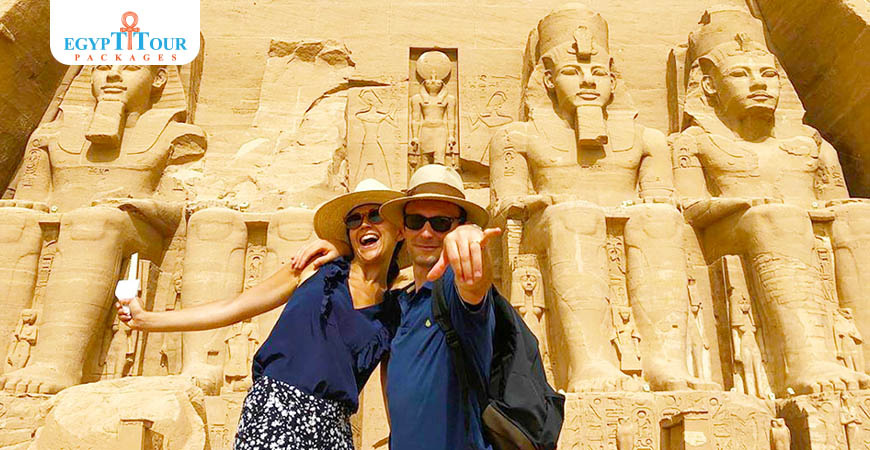

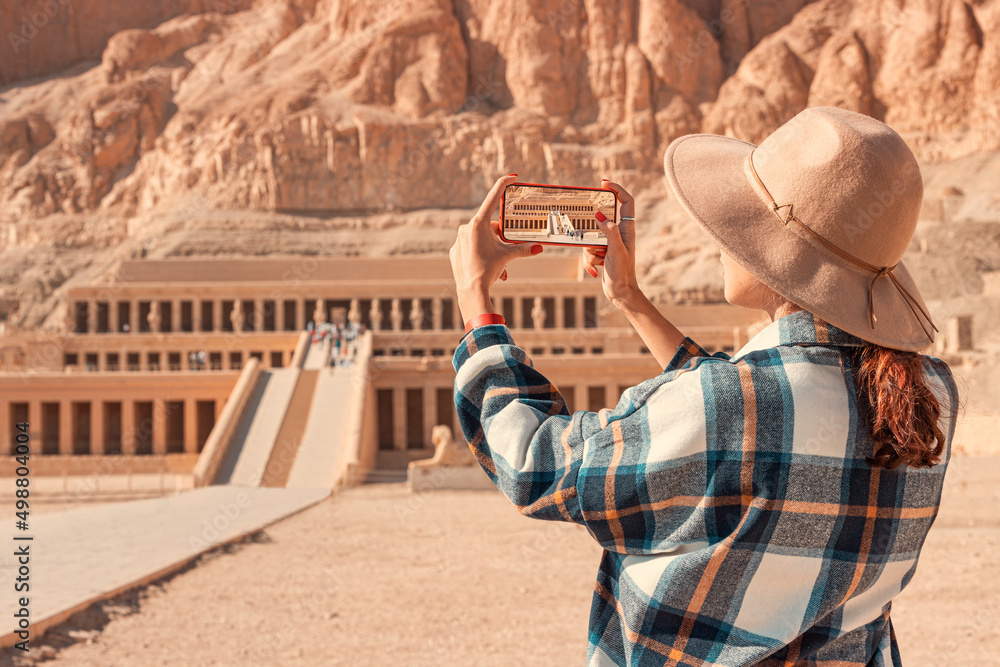





0 Comments